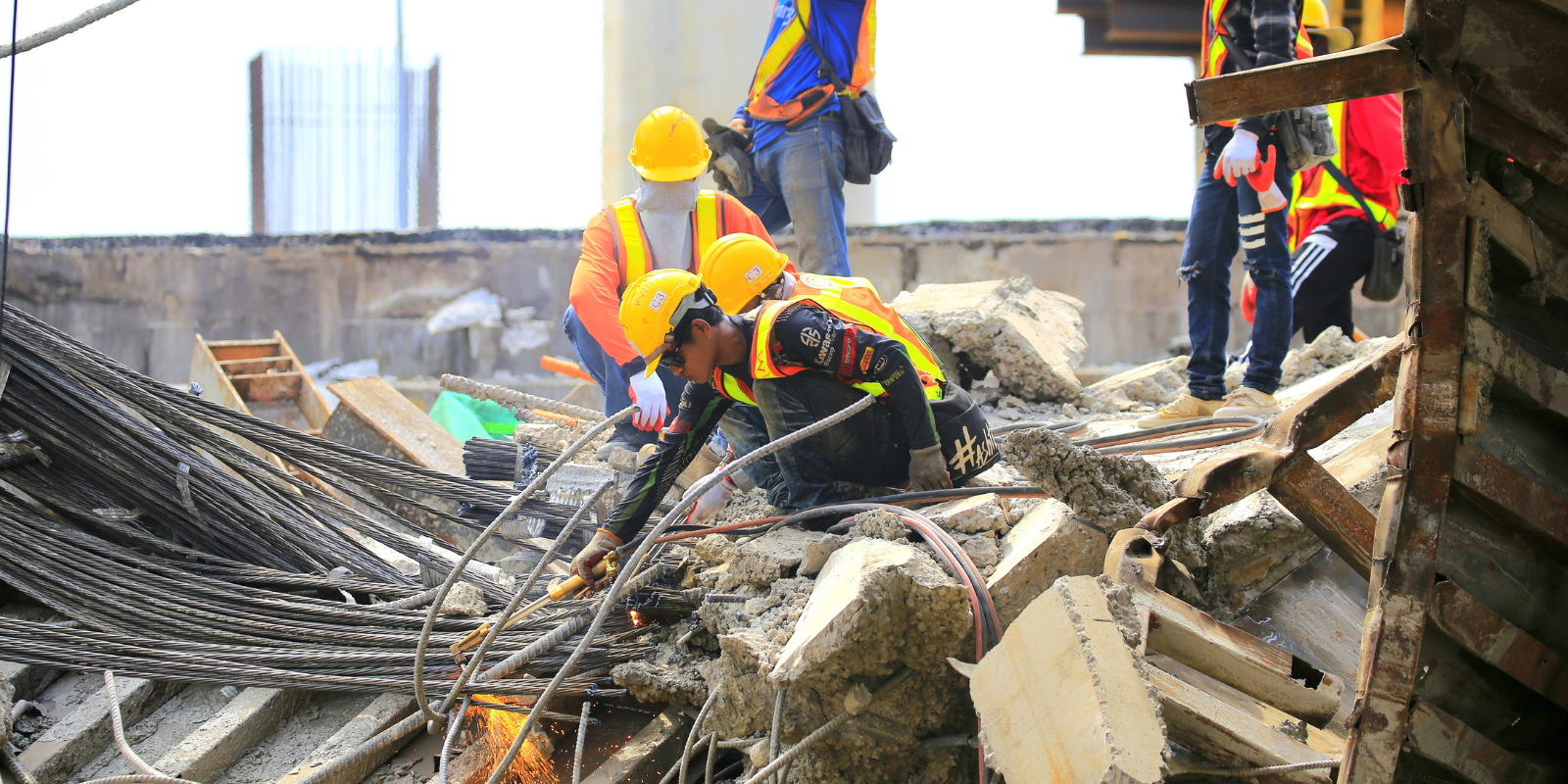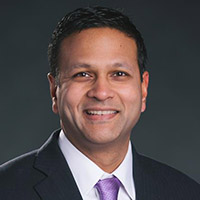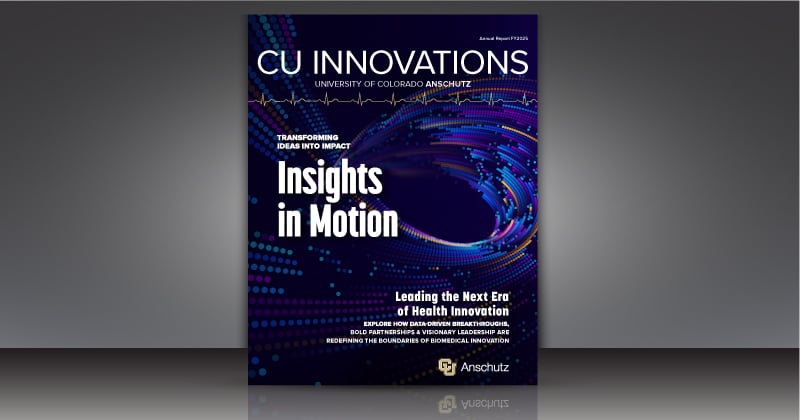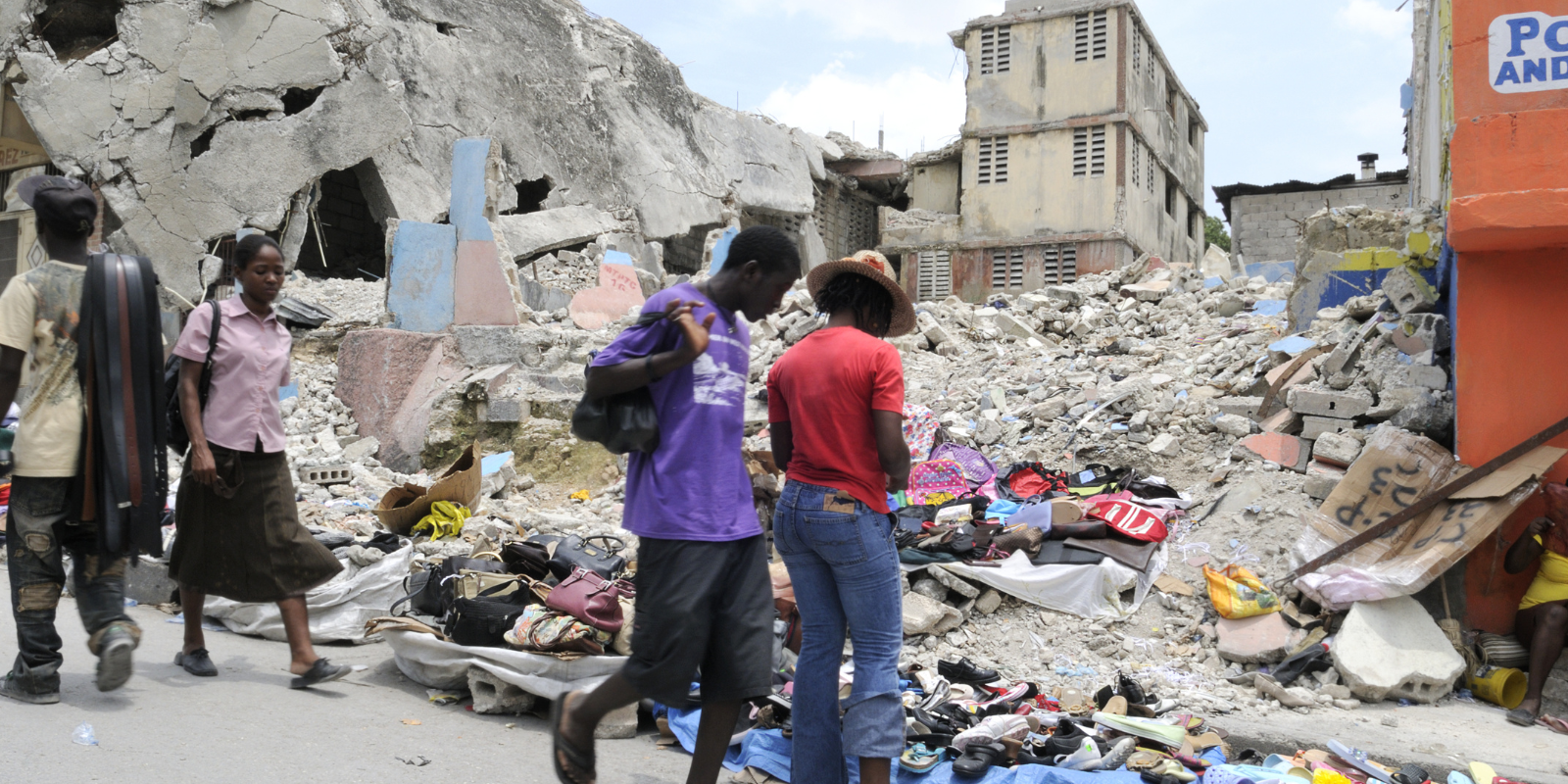Based on your experience in similar disasters like the Myanmar/Thailand earthquake, what are some of the initial challenges first responders are facing when arriving at the disaster scene?
The first 24 to 72 hours are chaos. Infrastructure is down — roads are blocked, comms are out and power is unreliable. First responders face physical barriers, but also a flood of patients with no clear triage system in place. You must rapidly establish a makeshift command post, connect with local leaders and start triage where you stand. We assess needs by doing rapid site surveys, talking to local clinicians and using boots-on-the-ground intel. Data is rarely available — so it’s eyes, ears and instincts.
What were some of the most urgent medical needs you've encountered in these situations, and how do responders prioritize care?
We see a wave of crush injuries, trauma, open wounds, burns followed by dehydration, infections and chronic illnesses that have been interrupted. Priority goes to patients we can save with limited interventions — those in the “salvageable with help” category. We operate under austere triage: Resources go where they’ll make the biggest impact.
With so many teams on the scene helping from around the world, what is the best way to manage working with international medical teams and local authorities, especially when coordination can be difficult in crisis situations?
Unity of effort is critical. Without it, chaos gets worse. We establish a lead coordination cell—usually with a local health official and experienced international responders—and operate under shared protocols. Ego has no place here. Clear communication, clear roles and constant situational awareness are key. You must know when to lead and when to follow.
Have you encountered barriers when working in a disaster zone? If so, how did you navigate those challenges?
Always. Language and culture shape how people seek help, accept care and trust outsiders. We rely heavily on local translators and cultural liaisons, but also on humility — listening more than talking. You earn trust by showing respect and showing up consistently.
In your experience, what is the most important aspect of preparing for a disaster in terms of medical supplies and equipment?
Mobility and modularity. You can’t bring everything, and what you do bring must move fast and work in tough environments. Trauma kits, clean water solutions, wound care, antibiotics and power-independent diagnostics are essential. You plan for a minimum of 72 hours where you can be self-sustained.
How do first responders manage the emotional and mental toll of treating large numbers of trauma victims while still caring for their own mental health?
The sights and sounds stay with you. We train to compartmentalize but we also lean on each other. After-action huddles, brief pauses to debrief and mental health check-ins matter. Peer support is powerful and so is purpose. We remind ourselves why we’re there.
What strategies can be most helpful in maintaining mental well-being while working in such high-stress environments?
Routine, rest and relationships. Even 10 minutes of quiet, even one shared meal, helps stabilize the team. We rotate roles, enforce breaks and stay connected to home. We also give people permission to feel. You can be strong and still shaken.
What role does psychological support play in post-disaster care for both survivors and responders?
It’s essential. Survivors aren’t just physically injured — they’ve lost family, homes and their sense of safety. Responders carry that weight, too. Embedding mental health professionals early, providing safe spaces and normalizing trauma responses all matter. Ignoring mental health after a disaster is a failure of care.
How do you think disaster response efforts impact the long-term resilience of the local healthcare system, especially in areas severely affected by the disaster?
Disasters can either break a system or catalyze reform. When we partner with local healthcare workers, train them, and support local infrastructure — not just drop in and leave — we help build resilience. The goal isn’t to replace; it’s to reinforce and rebuild better.
What kind of follow-up medical care do you think is essential for communities affected by natural disasters in the months and years after the event?
Ongoing care for amputations, burns, infections and mental health. Chronic diseases like kidney failure, diabetes or hypertension must be managed again. Maternal and child health services need to be reestablished quickly and health surveillance — tracking disease outbreaks or long-term effects — must be part of the rebuild. Disaster response doesn’t end when the media leaves.




